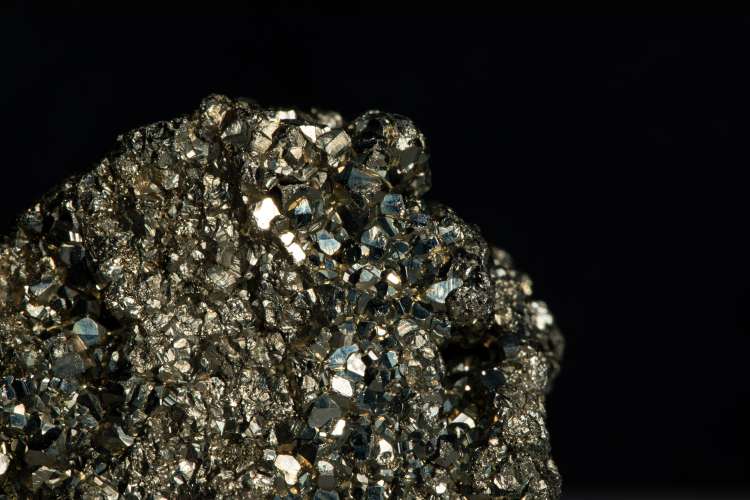
On Wednesday, the Union Cabinet cleared royalty rates for mining of lithium, niobium, and rare earth elements — as part of efforts to advance India’s green energy mission. These three critical minerals are pivotal to India’s transition to clean energy and its commitment to achieving net zero emissions. The decision paves the way for the first-ever auction of lithium, niobium, and REEs blocks by the government in India. Last week, additional mines secretary Sanjay Lohiya had announced that the government is all set to initiate the auction of critical mineral mines.
As per the notification, the new royalty rates are as follows: 3% of the London Metal Exchange price for lithium, 3% of the average sale price for niobium from both primary and secondary sources, and 1% of the ASP for REES, based on rare earth oxide. Traditionally, minerals without specified rates were subject to a fixed royalty rate of 12% of the ASP.
READ | DESH Bill: India looks to match China’s SEZ success
The government has chosen to amend this approach under the Mines and Minerals (Development and Regulation) Act. This decision stems from the realisation that the existing fixed rate was significantly higher than rates in other mineral-producing nations. The ministry of mines has now streamlined the process for establishing bidding parameters by revamping the formula for calculating the ASP of these minerals.
The government is actively pursuing the initiation of initial rounds of auctions for other critical and strategic minerals, such as nickel, the platinum group of elements, glauconite, phosphorite, graphite, potash, and molybdenum, says the Cabinet note.
Parliament passed the Mines and Minerals (Development and Regulation) Amendment Act 2023 which came into effect on August 17, 2023. This amendment removed six minerals, including lithium and niobium, from the list of atomic minerals. It also allows concessions for these minerals to be granted to the private sector through auctions. Additionally, the amendment provisions for the Union government to auction mining leases and composite licenses for 24 critical and strategic minerals listed in Part D of the First Schedule of the Act, including lithium, niobium, and REES, but excluding uranium and thorium.
Critical minerals play a pivotal role in India’s pursuit of clean energy goals. As one of the world’s largest energy consumers and the third-largest carbon polluter, India recognises the need for a swift transition to clean energy. This transition relies on a steady supply of critical minerals essential for manufacturing batteries, superconductors, and more.
For instance, lithium, an alkali metal, is extensively used in rechargeable batteries for mobiles, laptops, electric vehicles, and energy storage solutions. Niobium is essential for superalloys, superconducting magnets used in particle accelerators, MRI scanners, Nuclear Magnetic Resonance equipment, and various industrial applications. REES are vital components in electronics and clean energy technologies, including catalysts, magnets, and materials used in electronics, petroleum extraction, electric motors, hybrid and electric vehicles, and wind turbines.
Promoting indigenous mining of these minerals will reduce imports and facilitate the establishment of related industries and infrastructure projects. This aligns with the government’s Make in India initiative and is particularly significant given prevailing anti-China sentiments. The proposal is also expected to generate employment opportunities in the mining sector.
Recently, India discovered its first lithium deposits in Jammu & Kashmir. The country is actively exploring ways to secure lithium supplies, including negotiations with overseas suppliers in countries like Argentina and Australia. Currently, New Delhi imports the major components for lithium-ion cell manufacturing, with the import bill for lithium-ion cells in FY23 alone totaling Rs 23,171 crore, covering electric accumulators, including separators. In FY22, imports for lithium-ion cells amounted to Rs 13,673.15 crore.
The Geological Survey of India (GSI) has recently submitted an exploration report on REEs, in addition to lithium blocks. Other exploration agencies are also conducting surveys for critical and strategic minerals. India is reported to possess the fifth-largest resource of REEs among global major players.
Currently, China has a stranglehold over the global critical minerals supply chain, controlling over half of the global production of many of them. This gives China significant economic and geopolitical leverage. Other countries, including the United States, the European Union, and Australia, are working to reduce their reliance on China.
There are a number of factors driving the global race for critical minerals. As discussed, the most important one is the transition to a clean energy economy. Another factor driving the demand for critical minerals is the growth of the digital economy. Digital devices, such as smartphones and computers, rely on a variety of critical minerals. The growth of cloud computing and artificial intelligence is also driving the global demand.
All governments are taking steps to address the need for critical minerals. They are investing in research and development to find new sources of critical minerals and to develop more efficient ways to extract and process them. Businesses are also working to diversify their critical minerals supply chains and to develop new technologies that reduce their reliance on critical minerals.

